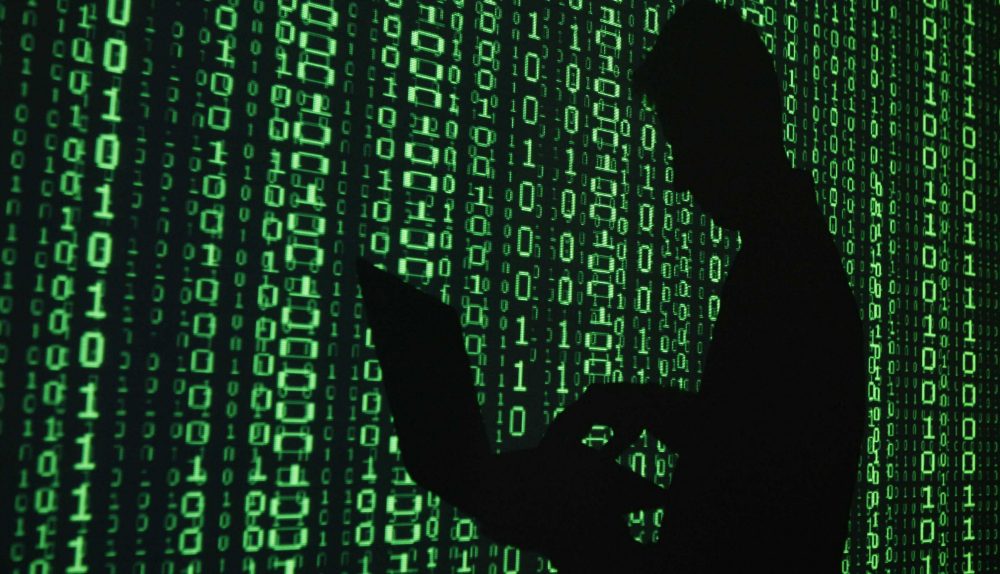Yesterday, The Intercept published an extensive catalog detailing the innumerable gadgets and technologies used by the military, law enforcement authorities, and U.S. governmental agencies like the NSA to track down and spy on targeted users via their cellphones.
The entire product listing is eye-opening, but given how extensive it is (53 items in total), we’ve compiled a list of some of the scariest and more worrisome devices on the list. Note: when compiling this list, we didn’t include tracking devices and technologies typically affixed to UAVs. Instead, we opted to focus on devices that enable local law enforcement authorities to conduct surveillance, listen in on phone calls, track user location, jam cellphones, obtain deleted text messages, and even zap up data from seized laptops or smartphones.
DON’T MISS: New YI Home Camera takes on Nest Cam for less than half the price
So without further ado, a list of the scariest – and in turn, technologically impressive – devices available to agencies who can afford to pay for them.
Cyberhawk
The Cyberhawk is a battlefield data recovery device that can quickly scan data from up to 79 captured cellphones and, in the process, glean information regarding contact information, saved and dialed numbers, text messages (even deleted ones), photos, calendar entries and an assortment of media files. All the more impressive, a data dump from acquired cellphones only takes 4-10 minutes to complete. The only downside to the Cyberhawk is that it only works on GSM devices.
DRT 1101B
Priced at $78,850, Jennifer Lynch of the EFF describes the DRT 1101B as follows:
“Are you trying to monitor a huge political protest? Look no further than DRT. Nicknamed “dirt boxes,” these devices can locate up to 10,000 targets and can process multiple analog and digital wireless devices all at the same time. They’re even capable of intercepting and recording digital voice data. The best thing about the devices is the fact that no one may ever know you’ve used one.”
Stingray
There’s a good chance you’ve already heard of the Stingray because a number of law enforcement agencies across the U.S. already use it. When operational, a Stingray is able to mimic a cell tower from various carriers and subsequently force all phones in a 200 meter radius to connect to it. From there, it can extract all sorts of data, jam multitudes of devices and prevent them from being used, intercept communications, and track specific targets. Not only that, the Stingray can even force phones to “broadcast at full power for greater surveillance potential”, thereby draining the battery in the process.
What’s more, Stingray’s come pre-packaged with “ready-made non-disclosure agreements from the FBI and Harris Corp. [that] will provide a pretext for concealing these features from the public.”
The running cost for a Stingray? $134,952.
Notably, the FBI has seemingly been extremely concerned with keeping the Stingray and its capabilities a secret. Earlier this year, for example, the FBI opted to let two criminal suspects walk rather than risk a situation where they’d be forced to divulge any information about the device’s tracking abilities.
Cellbrite
Another battlefield data recovery device, this portable gadget costs $9,920 and can ably zap up any and all information you might have stored on your cellphone. Much like the Cyberhawk, it can quickly (1-3 minutes) extract full data dumps from 95% of cellphones, smartphones and PDA devices.” In contrast to Cyberhawk, Cellbrite works on both GSM and CDMA devices.
Stargrazer III
A more appropriate name for the Stargrazer III might as well be Game Over. When put into “attack mode”, this device — which is about as big as a small suitcase — can not only jam a target’s cellphone, but simultaneously access its metadata and determine its precise location.
Kingfish
The Kingfish can locate a target’s location via his/her cellphone so long as the device is on. Not only does it work on both GSM and CDMA devices, but it’s also portable enough to be carried around in a backpack.
Typhoon
Reportedly designed by the NSA itself and priced at $175,800, the Typhoon effectively mimics a GSM network base station. Weighing in at 20 pounds, the device was reportedly designed for fixed wing aircraft missions. The Typhoon is operational up to a range of 30 km in rural areas and 5 km in urban areas.
Nathan Wessler, who helped break the story, describes the Typhoon as follows:
“With an airborne broadcast range of 30 kilometers in rural areas and 5 kilometers in urban ones, the Typhon is sure to capture data from thousands of bystanders’ phones. But buyer beware: This snooping device only captures data from GSM phones, meaning it’s good to go in most of the world, but won’t work on Sprint, Verizon, and U.S. Cellular phones in the United States.”




